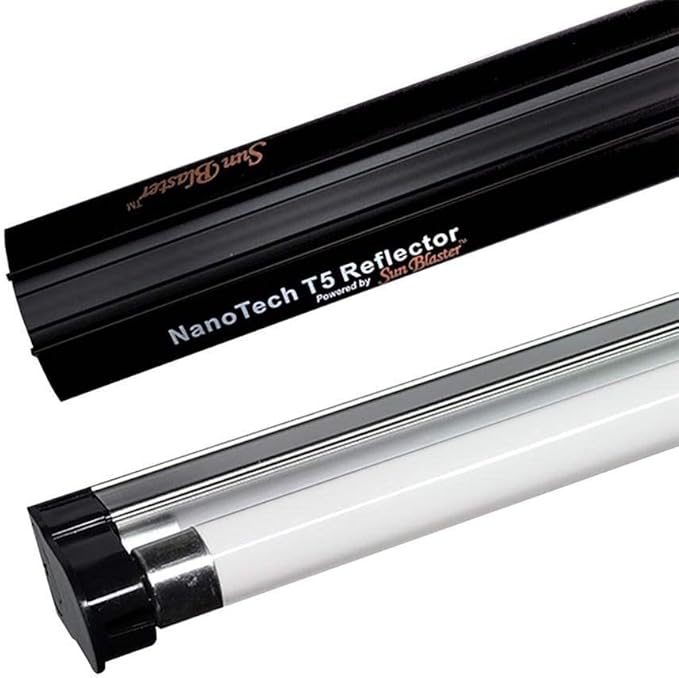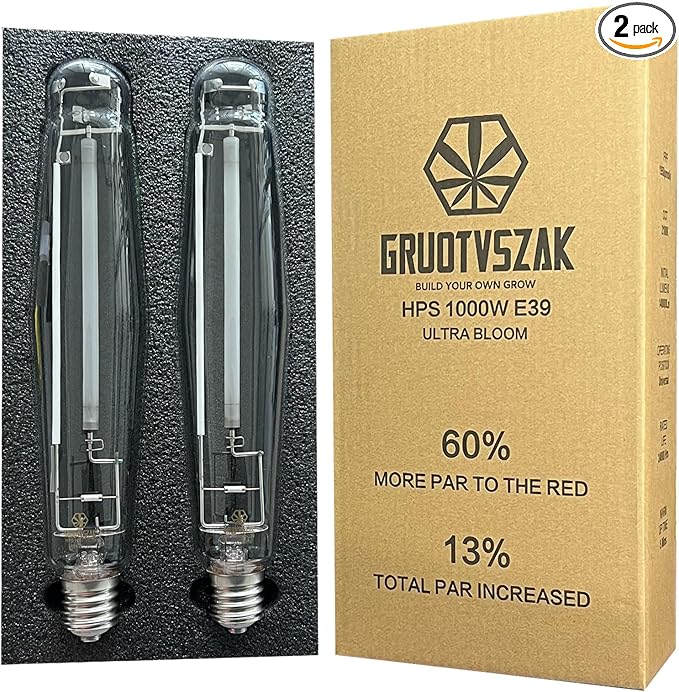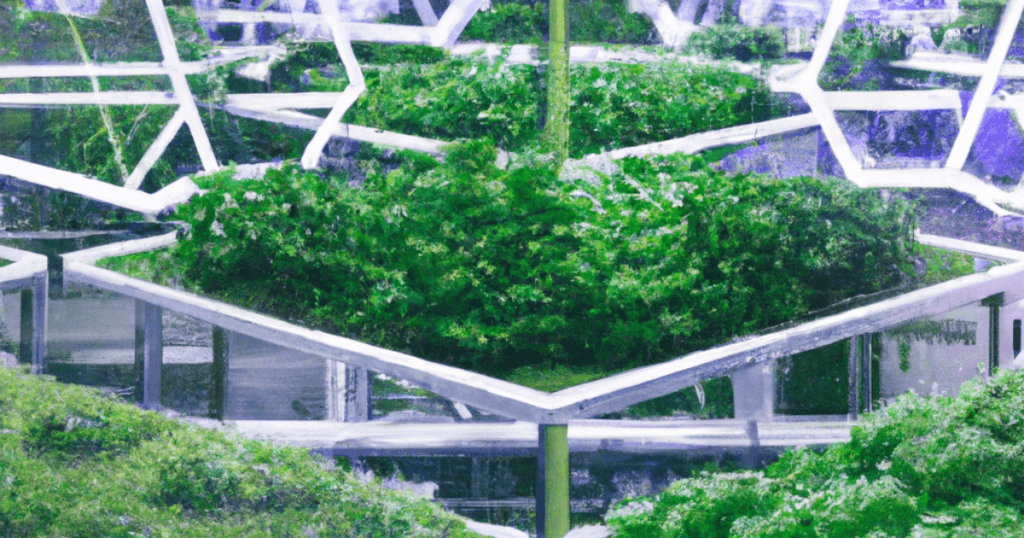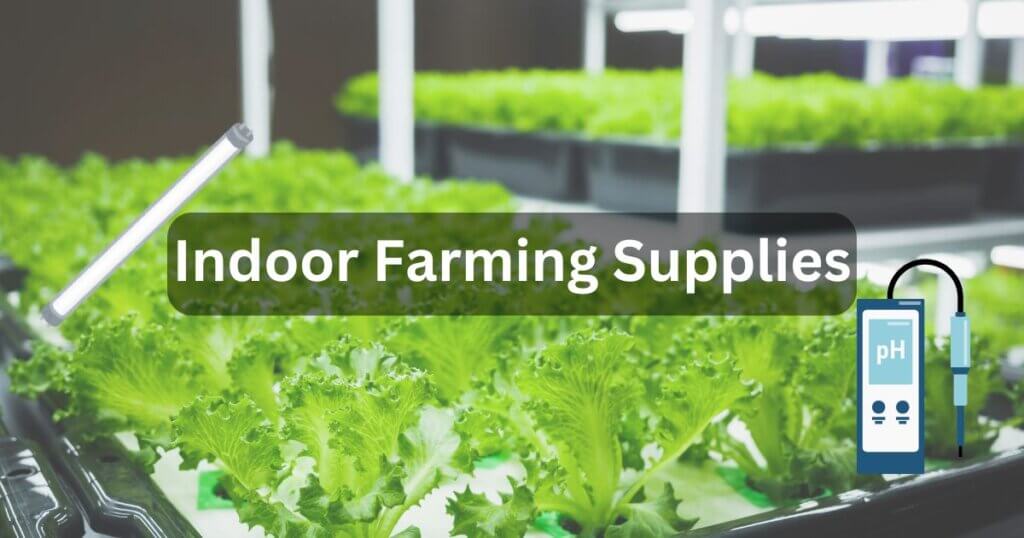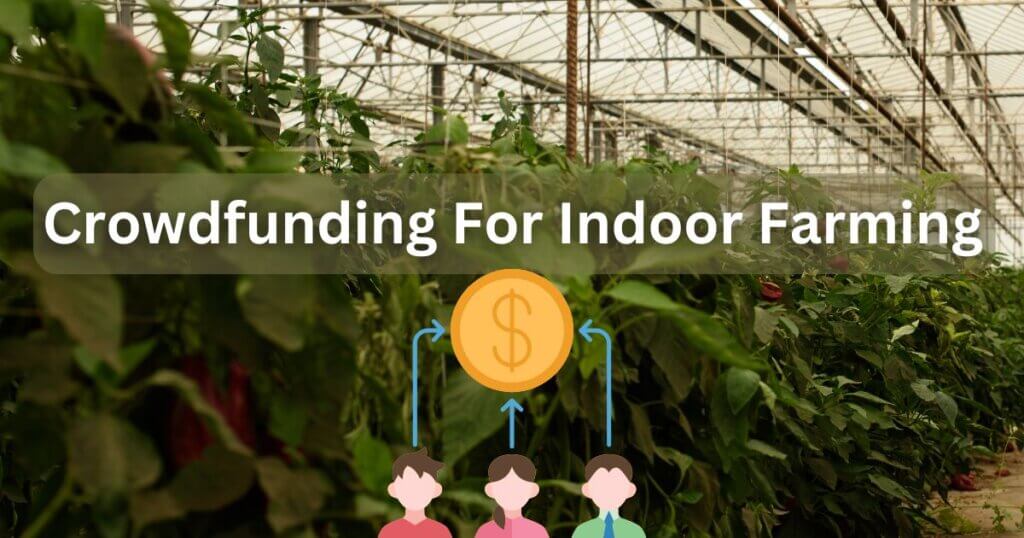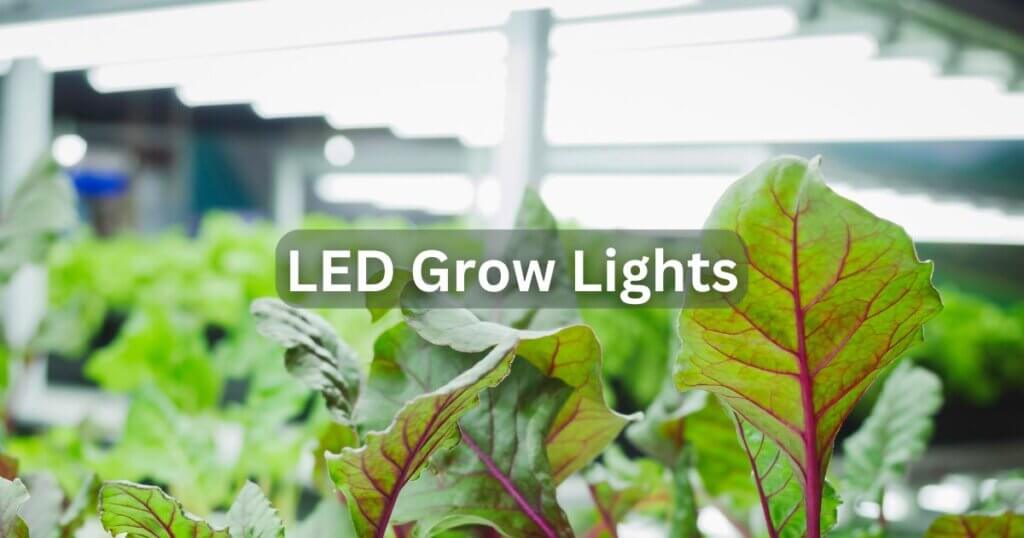Comparing Grow Lights for Indoor Farming: The Shocking Truth Every Grower Must Know
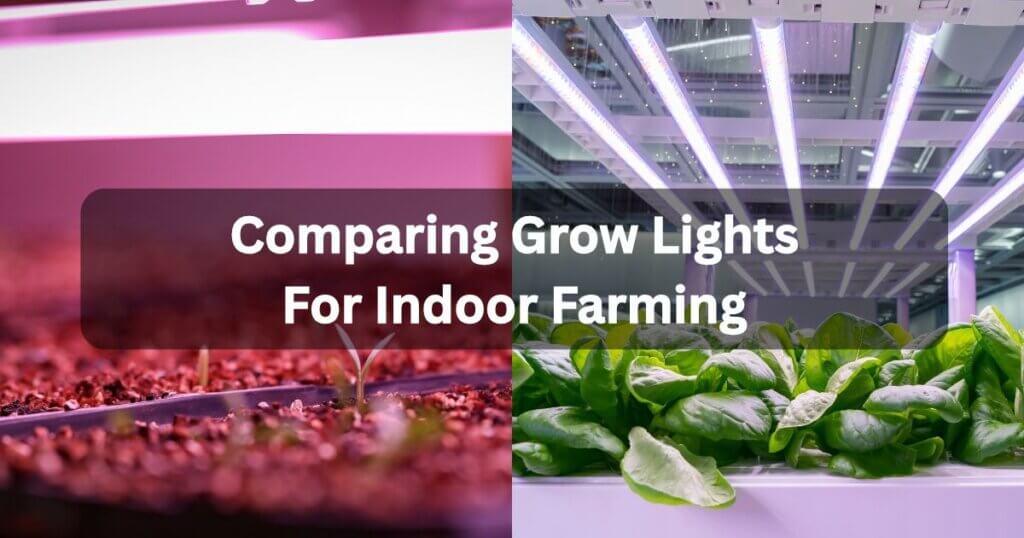
Some of the links in this post are affiliate links. As an Amazon Associate, we earn a referral fee from qualifying purchases—at no extra cost to you.
Indoor farming is growing—literally and figuratively. But behind every lush lettuce, juicy tomato, or crunchy microgreen is a secret weapon: the right grow light. Choosing the wrong one? That’s like trying to bake a cake with a flashlight.
In this guide, we’re diving deep into comparing grow lights for indoor farming—from LEDs and fluorescents to high-pressure sodium monsters. We’ll break down the features, costs, and ideal use cases so you never waste another watt (or dollar).
Table of Contents
Why Comparing Grow Lights for Indoor Farming Is Essential
Choosing the right grow light can mean the difference between a thriving indoor jungle and a sad, wilted mess. Not all lights are created equal—what works for herbs won’t cut it for tomatoes or strawberries. When you’re indoor farming, light is your sun, your climate, your everything.
Types of Grow Lights for Indoor Farming
LED Grow Lights
LEDs are the rockstars of indoor farming. They’re efficient, long-lasting, and customizable.
Pros:
- Full spectrum options
- Low energy consumption
- Minimal heat
Cons:
- Higher upfront cost
- Quality varies across brands
Fluorescent Grow Lights
Great for beginners or budget setups. They’re easy to use and gentle on plants.
Pros:
- Affordable
- Perfect for seedlings and herbs
Cons:
- Shorter lifespan
- Limited intensity for fruiting crops
HID (High-Intensity Discharge) Grow Lights
HIDs are powerful and effective, but they run hot and suck up power.
Pros:
- High light output
- Proven results for flowering crops
Cons:
- Heat management required
- Frequent bulb replacements
Full-Spectrum Grow Lights
Mimicking the sun indoors? That’s full-spectrum lighting. Available in LED, HID, and fluorescent formats.
Pros:
- Supports all growth stages
- Encourages healthier plants
Cons:
- Quality can vary
- Often pricier
Key Factors to Consider When Comparing Grow Lights for Indoor Farming
Light Spectrum: What Plants Really Crave
- Blue light (400–500nm): Promotes strong vegetative growth.
- Red light (600–700nm): Encourages flowering and fruiting.
- Far-red and UV: Enhance stress responses and flavor profiles.
Go for full-spectrum LEDs for versatility across all stages.
Intensity and PPFD: The Science of Photosynthesis Efficiency
- Seedlings: 100–300 µmol/m²/s
- Fruiting crops: 600–1000 µmol/m²/s
Too much light? You burn your plants. Too little? They stretch and struggle.
Coverage Area: Size Does Matter
Always verify the effective coverage area of your grow light before setting it up. Using a light rated for 2×2 feet in a 4×4 space leads to weak, uneven growth. For larger grow areas, daisy-chaining multiple fixtures ensures consistent light distribution. Proper coverage means healthier plants and maximized yields.
Lifespan and Durability: Long-Term Investment
- LEDs: 30,000–50,000 hours
- HID/Fluorescent: 5,000–20,000 hours
Quality LEDs are built to last and usually come with solid warranties.
Energy Consumption: Watching Your Watts
- LEDs: Most efficient (50–300W per fixture)
- HIDs: Power-hungry (up to 1000W)
Always look at actual wattage, not “equivalent watts.”
Heat Output: Keeping Temperatures in Check
Excess heat can cause plant stress, wilting, and even damage your grow equipment. That’s why managing temperature is crucial in indoor farming. LEDs are a top choice because they generate minimal heat compared to other lights. This makes them perfect for small spaces or tightly sealed grow rooms.
Cost Comparison of Grow Lights for Indoor Farming
Initial Cost vs Long-Term Value
LED: High upfront, low operating cost
Fluorescent: Cheap to start, moderate power draw
HID: Medium cost, high energy use
| Light Type | Initial Cost | Efficiency | Lifespan | Heat Output | Maintenance |
|---|---|---|---|---|---|
| LED | High | Excellent | 30,000–50,000 hrs | Low | Low |
| Fluorescent | Low | Moderate | 10,000–20,000 hrs | Moderate | Moderate |
| HID | Medium | Low | 5,000–10,000 hrs | High | High |
Maintenance and Replacement Considerations
- Fluorescents and HIDs: Regular bulb replacements needed
- LEDs: Low-maintenance, plug-and-play designs
Ideal Grow Lights by Plant Type
Leafy Greens and Herbs
Low light needs. Best with fluorescents or low-wattage LEDs.
PPFD: 200–400 µmol/m²/s
Fruiting Crops Like Tomatoes and Peppers
Need strong red light during flowering. Go with full-spectrum LEDs or HPS.
PPFD: 600–1000 µmol/m²/s
Microgreens and Seedlings
Sensitive to heat and intensity. Use T5 fluorescent or cool LED panels.
Keep 12–18 inches away from the canopy.
For small spaces or starter crops, a compact 220 V full‑spectrum LED light (available in 50–300 W versions) is ideal—easy to set up and effective at promoting healthy early growth.
Comparing Grow Lights for Indoor Farming by Grower Needs
Hobbyist vs Commercial Growers
Hobbyists:
- Compact LEDs
- Plug-and-play designs
- Budget-friendly
Commercial Growers:
- Scalable bar-style LEDs
- Industrial cooling setups
- ROI-driven purchases
Small Spaces vs Full-Scale Grow Rooms
- Closets: CFLs or compact LEDs
- Tents: Modular LEDs
- Warehouses: Bar-style or mixed HID/LED systems
Pros and Cons Summary of Each Light Type
LED Grow Lights
✅ Energy-efficient
✅ Long-lasting
❌ Expensive upfront
Mars Hydro TS 600 Full Spectrum LED Grow Light – A 100 W full-spectrum LED that’s ideal for hobbyist growers in small to medium setups. It offers excellent energy efficiency, full phase plant support, and low heat output—perfect for leafy greens and small fruit crops.
Fluorescent Grow Lights
✅ Budget-friendly
✅ Good for starts
❌ Limited lifespan and output
For seed starting or delicate greens, try the SunBlaster T5HO fluorescent kit, offering cool light, adjustable mounting, and budget-friendly performance.
HID Grow Lights
✅ High intensity
❌ Runs hot, needs ventilation
For heavy bloom and fruit production, a HPS 1000 Watt Grow Light Bulb delivers intense light output—just be sure to invest in proper ventilation.
Full-Spectrum Grow Lights
✅ Supports all plant stages
❌ Quality varies between brands
A reliable option is the Mars Hydro TS 600 full-spectrum LED, offering efficient, low-heat lighting suitable for every growth phase in one fixture.
Common Mistakes When Comparing Grow Lights for Indoor Farming
- Choosing the cheapest light instead of the most effective
- Ignoring spectrum requirements for specific crops
- Forgetting to plan for cooling or ventilation
- Misjudging coverage area vs your grow space
Tips for Maximizing Your Grow Light Investment
Use Reflective Materials
Using reflective materials like Mylar or white paint can significantly boost light efficiency in your grow space. These surfaces bounce light back onto your plants, reducing waste and ensuring even coverage. Mylar sheets reflect up to 90-95% of light, making them an excellent choice for maximizing intensity. White paint is a budget-friendly alternative that still offers strong reflective properties.
Combine Lighting with Timers
Timers ensure consistent light/dark cycles, which are critical for plant health.
Fosmon 24‑Hour Digital Outlet Timer – A reliable and programmable timer that automates your grow light schedule, critical for consistent light/dark cycles.
Adjust Light Height as Plants Grow
To prevent plant burn or stretching, adjust your grow light height regularly as your plants grow. Keeping lights too close can scorch leaves, while placing them too far can cause leggy, weak stems. Aim for the manufacturer’s recommended distance, then fine-tune based on your plant’s response. A quick weekly check helps maintain optimal growth conditions.
Final Thoughts on Comparing Grow Lights for Indoor Farming
Grow lights act as your indoor farm’s artificial sun, delivering the energy plants need to thrive. Whether you’re just starting out with a small herb garden or managing rows of produce, lighting makes all the difference. The right setup boosts growth, flavor, and yield. Simply put, nailing your lighting strategy is essential to indoor farming success.
Compare carefully. Think long-term. And remember: the right grow light doesn’t just grow plants—it grows your success.
FAQs – Comparing Grow Lights for Indoor Farming
1. What types of grow lights are best for leafy greens?
Fluorescent lights and low-wattage full-spectrum LEDs are ideal for leafy greens because they provide sufficient light intensity without excessive heat, supporting healthy vegetative growth.
2. How often should I replace my grow light bulbs?
Fluorescent and HID bulbs typically need replacement every 1 to 2 years, depending on usage, while high-quality LED grow lights can last 30,000 to 50,000 hours before needing replacement.
3. Can I use full-spectrum grow lights for all growth stages?
Yes, full-spectrum grow lights are designed to support plants through seedling, vegetative, and flowering stages by mimicking natural sunlight across all necessary wavelengths.
4. Does heat output from grow lights affect indoor farming?
Yes, excessive heat can stress plants and raise room temperature, potentially harming growth. LEDs produce less heat than HID or fluorescent lights, making them better for temperature control.
5. Is it better to invest in a high upfront cost LED or cheaper fluorescent grow lights?
While LEDs cost more initially, they offer longer lifespan, energy efficiency, and lower maintenance, often making them more cost-effective over time compared to fluorescent lights.
Other Useful Resources Related To Comparing Grow Lights for Indoor Farming
- Do grow lights work? A complete guide from The Spruce – Explains how different light types mimic the sun and recommends full-spectrum LEDs for energy-efficient indoor plant growth. (thespruce.com)
- The 5 Best Grow Lights for a Year-Round Indoor Garden (Food & Wine) – Reviews top LED grow lights like the Soltech Solutions Aspect and AeroGarden Trio. (foodandwine.com)
- The 4 Best Grow Lights, According to Our Testing (Southern Living) – Compares top-performing LEDs including Sansi, Leoter, and iGrowtek from lab-style trials. (southernliving.com)
- HID vs. LED Grow Lights: HTG Supply deep-dive – Covers efficiency, cooling, lifespan, and cost in a technical comparison between HID and LED systems. (htgsupply.com)
- Swipe Garden’s HID vs LED comparison guide – A concise breakdown of heat, maintenance, spectrum, and cost differences between HID and LED grow lights. (swipegarden.com)


